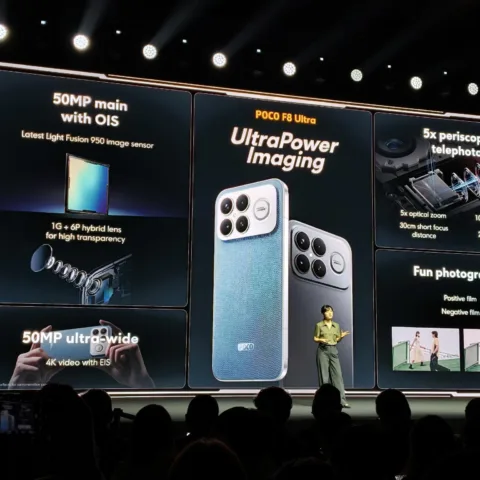 This weekend, people the world over are raving on about the last installment of the Batman movies directed by Christopher Nolan, The Dark Knight Rises. I watched it Friday night, 3 rows from the front, and I loved it. It’s a fitting finish for the Batman trilogy as narrated by Nolan, and the trilogy is one of the best renditions of the Batman saga on the silver screen. If you haven’t watched it, I recommend that you do. Especially if you’re a comic geek like me.
This weekend, people the world over are raving on about the last installment of the Batman movies directed by Christopher Nolan, The Dark Knight Rises. I watched it Friday night, 3 rows from the front, and I loved it. It’s a fitting finish for the Batman trilogy as narrated by Nolan, and the trilogy is one of the best renditions of the Batman saga on the silver screen. If you haven’t watched it, I recommend that you do. Especially if you’re a comic geek like me.
Don’t worry, I won’t spoil the movie for you, but I will talk a bit about how the TDKR opening was the pinnacle of a campaign that started… a year ago. The viral campaign started even before the movie shoots were finished. And towards the end of 2011, more tidbits surfaced about the movie. The vague nature of the viral campaigns added with the already much-hyped news about the movie itself, surely delivered many people to the cinemas even before the trailers started to run.
Most entertainment products rely on a publicity build-up towards a release date, to make sure the target audience is properly warmed up to watch the movie, usually with a proper balance between familiarity and intrigue. The success of ‘Batman Begins‘ (2005) and ‘The Dark Knight‘ (2008) certainly raised the potential interest in TDKR, much how the interlinking movies of ‘Iron Man‘, ‘Iron Man 2‘, ‘Thor‘, ‘Captain America: The First Avenger‘, even ‘The Incredible Hulk‘ provided groundwork for ‘The Avengers‘. But even a small budget movie should be thinking of a publicity buildup, which these days, must have a digital aspect to it.
There’s only so much a press release and synopsis can do to promote a movie – strategic teasers released to the public, with Youtube becoming a ‘standard’ outlet for video content. Publicity stunts are also content fodder for Twitter, Facebook, and blogs – so that even before legitimate news sources start reporting about the movie, conversation and interest has already built up, especially if the publicity stunts are intelligently targeted towards the potential core audience. So with the right strategy and creativity, the show actually starts for the audience way before the opening date in the cinema.
Crowdfunding site Vodo has created a platform where parts of movies or TV series are distributed free (even through torrent sites), and the next installments of the TV series or movie are funded by the people who want to continue watching the story. Star Trek: New Voyages is also an interesting project: a fan-created project continuing on the original series adventures of Captain Kirk, and fully crowdfunded. This way, people are treated to part of the story, free, and pay for the rest of the story if they like it. In some cases, once the entire project is funded and finished, the final product can be either released free or released through the usual channels as a commercial product.
And whether or not people can agree if they liked Prometheus or not, it’s interesting how the viral content released for the movie did not stop after the movie was released, and neither did the discussions about the movie itself as the viral campaign has yet to unveil its next act. I think we can mostly agree that the movie was somewhat unsatisfying in some aspects, but what happened was people kept on theorizing on why the movie ‘only’ told so much, also edged on by the viral site and news of additional scenes that didn’t make it into the movie. Only time will tell to what other stories have not been told.
Creating a movie is an art unto itself, and it takes high skill and creativity to make one that people will enjoy. But the best movies, from the early days of moviemaking to today, are those that live on in the audience’s minds and discussions even before watching the movie, and much long afterwards. With the right strategy, some luck and a lot of creativity, thinking digital can help do this. So the movie not only lives as a 2-hour reel to be watched on screens, but a multi-medium experience that will live in fan’s hearts.
 Ario is a co-founder of Ohd.io, an Indonesian music streaming service. He worked in the digital music industry in Indonesia from 2003 to 2010, and recently worked in the movie and TV industry in Vietnam. Keep up with him on Twitter at @barijoe or his blog on http://barijoe.wordpress.com.
Ario is a co-founder of Ohd.io, an Indonesian music streaming service. He worked in the digital music industry in Indonesia from 2003 to 2010, and recently worked in the movie and TV industry in Vietnam. Keep up with him on Twitter at @barijoe or his blog on http://barijoe.wordpress.com.
[Image]






